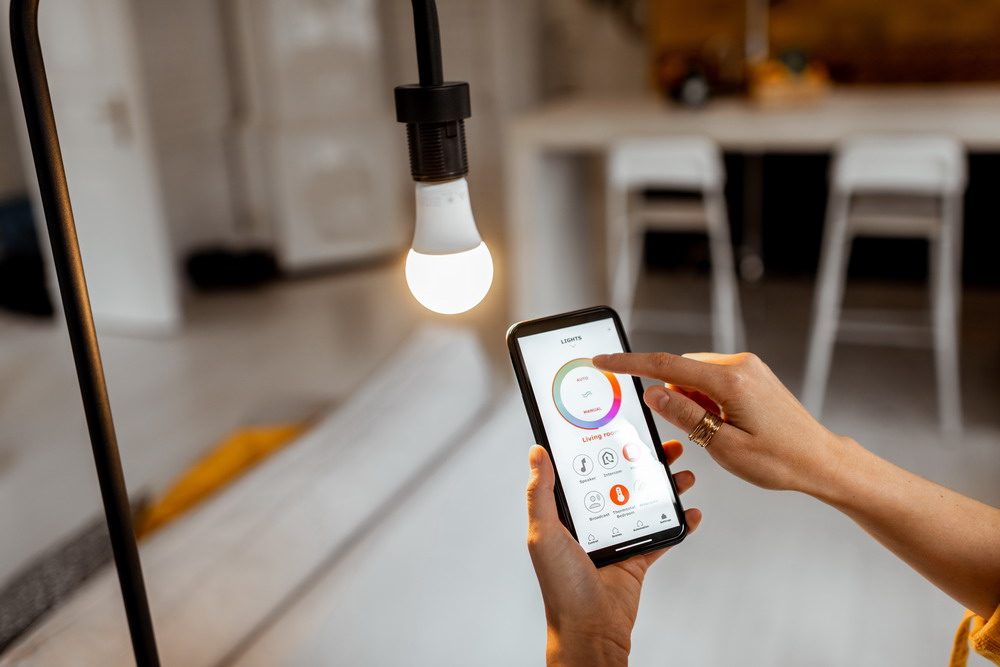
How Much Do You Really Know About Smart Lighting?
Smart lighting is one of the preferred entry points for people just getting started in the smart home scene. They invest a few dollars in some smart bulbs, download a companion app to their phones, and off they go. It is not a bad way to get started. But there is a lot more to smart lighting than meets the eye. How much do you know about it?
It is possible to equip an entire home with smart lights. More often than not, people new to smart home technology choose one or two rooms to start with. They get used to what smart lights can do for them before branching out into more complicated things like lighting scenes, complicated programming, and controlling lights with geofencing.
Defining Smart Lighting
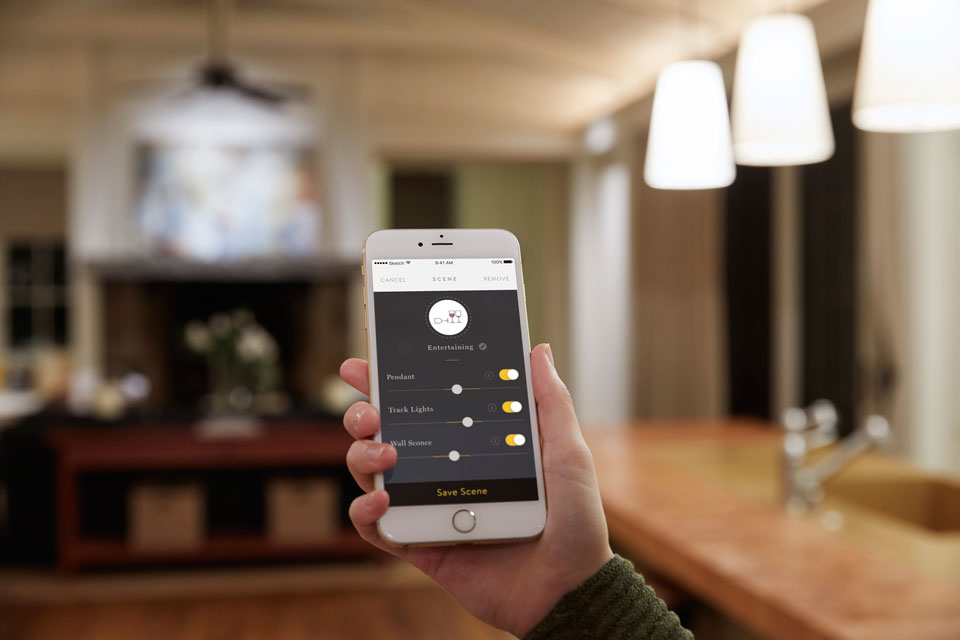
A good place to start the discussion is with the definition of smart lighting. Do not assume smart lighting is lighting equipped with sophisticated software and artificial intelligence. It is not that advanced yet. It might be someday, but today’s smart lighting is designated as such because it can be programmed and operated remotely.
Truth be told, that’s what the smart home paradigm is really all about. It is about installing devices that can be accessed remotely. It is about devices that can be programmed to do things automatically. The smarter the device, the more you can do with it.
Where lighting is concerned, there are two ways to make it smart. The first is to design and manufacture lights that are smart from the ground up. In other words, you manufacture light fixtures with smart technology built in. The technology includes:
- wireless communication capabilities
- remotely accessible power switches
- dimmers for varied lighting scenes.
The other way to make lights smart is with sockets that are installed between light fixtures and bulbs. The advantage of this particular method is that any light fixture can be made smart just by adding a socket. If you can install a light bulb, can install a smart socket.
Programming Smart Lights
One of the easiest things to do with smart lights is to program them. If you are working with generic sockets that are part of a complete home automation system, programming is accomplished through a dedicated mobile app. Using that app, you can program lights to turn on and off at certain times throughout the day.
One example would be programming first-floor lights to turn on early in the morning. That way, when you come downstairs to get breakfast they are already on. Likewise, you can program all the first-floor lights to turn off at a certain time of night. You can go to bed without having to turn them all off manually.
Controlling Lights Remotely
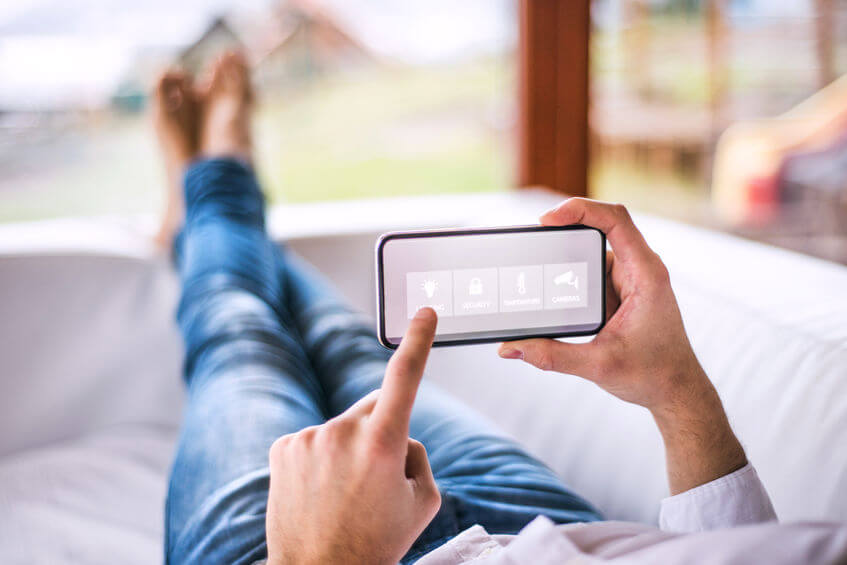
Another smart lighting task that is easy to pull off is remote control. That same mobile app that allows you to program smart lights also allows you to turn them on and off remotely. How would this help? The possibilities are endless. For example, maybe you are out doing some shopping after dinner. You know that by the time you get home you will have plenty of packages to carry in.
You grab your phone a block away from home, open a mobile app, and turn on the lights. Now you are not fumbling with light switches while carrying an armful of packages. The next day, you might be on your way to work when you suddenly remember you left the kitchen light on. No worries. Turn it off with your phone.
Custom Lighting Scenes
When you’re ready to get into some more complex programming, consider creating individual lighting scenes. A lighting scene is one that considers individual light settings based on time of day, season, activity, etc. One example would be a lighting scene you would use whenever you and the kids are catching a movie in the family room.
Activate the scene and family room lights automatically dim. Meanwhile, the kitchen light also dims just enough to allow you to see when you need some quick snacks. However, the hall, dining room, and upstairs lights automatically turn off. You can do all of that with the swipe of a finger by programming the scene ahead of time.
You might prefer different lighting scenes when you are first getting up in the morning, when you’re getting ready for bed at night, and even when you are entertaining holiday guests. The beautiful thing about lighting scenes is that they can account for as many lights in your home as you choose. Once programmed, a scene can be activated or deactivated with your phone.
Custom Voice Controls
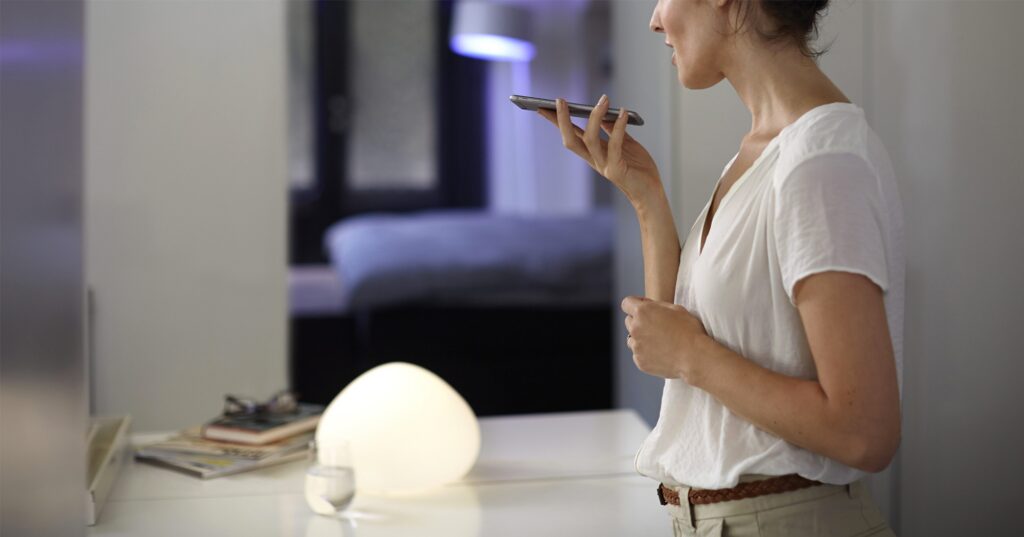
If lighting scenes are not enough to impress you, consider custom voice controls. When you tie smart lighting into a smart speaker package, it only takes a word to turn lights on or off. But why stop there? Buy bulbs capable of displaying different colors and you can completely change a given space just by uttering a command. Controlling lights with your voice is super easy and convenient.
Geofencing Your Lighting
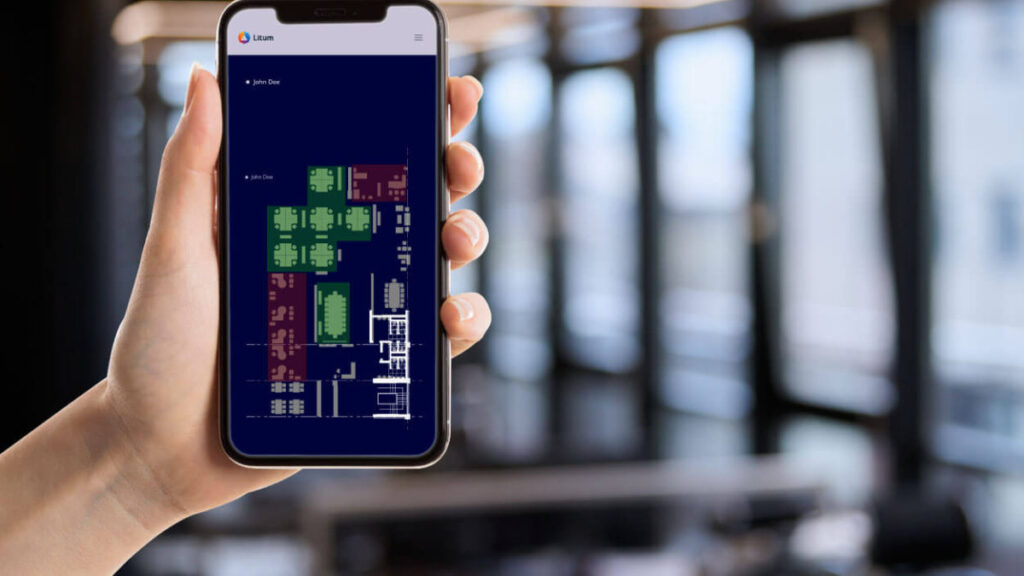
Perhaps the most exciting thing you can do with smart lighting is to tie it to geofencing. Vivint, a nationally known expert in home automation, explains geofencing as a way of using the GPS capabilities built into yourphone to control home automation devices.
By setting up a geofencing perimeter, you can then program your lights to turn on and off based on your location. With geofencing, you can have all the lights on when you return home from work at the end of the day. Likewise, you can program them to automatically turn off whenever you leave home. Geofencing and smart lighting were pretty much made for each other.
There is a lot more to smart lighting that meets the eye. If you are looking for an entry point into the smart home scene, lighting is as good a point as any. Give smart lighting a try. You just might find yourself hooked on home automation.
